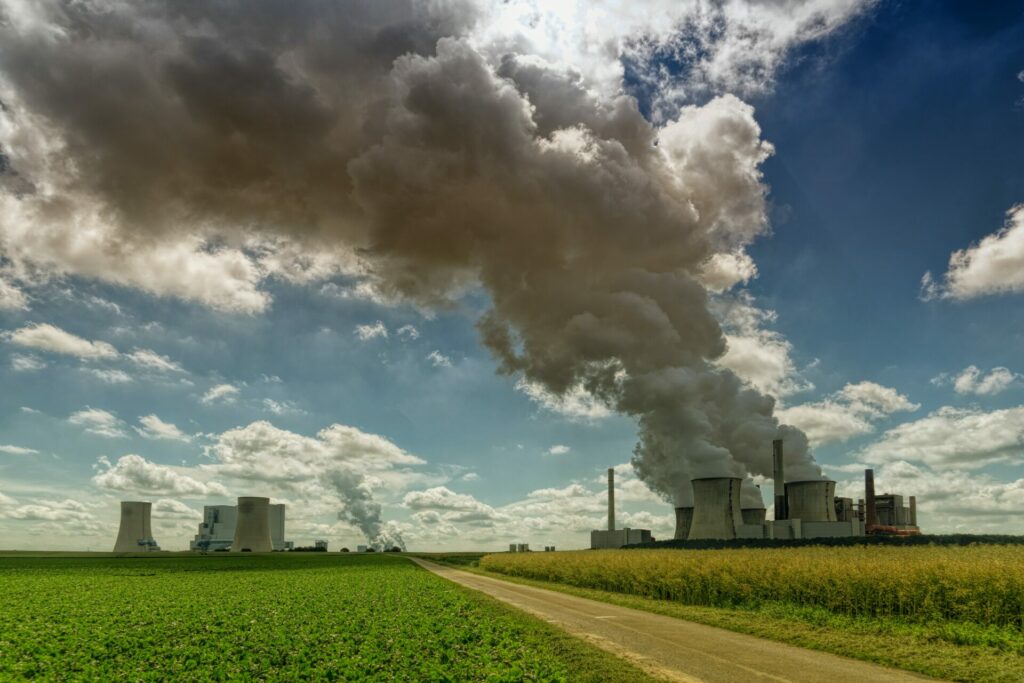Europe's air quality has hugely improved but still poses "significant risks" to people's health, a new study by the European Environment Agency (EEA) has found.
The report published on Thursday shows that in 2020, 96% of the EU's urban population was exposed to fine particulate matter (PM2.5) concentrations above the health-based guidelines set by the World Health Organisation (WHO). This led to 238,000 deaths – a 45% decrease since 2005 but still more than ten times the number of Europeans killed annually in road accidents.
Exposure to nitrogen dioxide led to 49,000 deaths across the continent in 2020, while ozone pollution killed 24,000. In Belgium alone, the number of deaths from exposure to harmful levels of PM2.5, nitrogen dioxide, and ozone pollution in 2020 were 3900, 1100, and 530 respectively.
But it isn't only the mortal threat posed by polluted air. Exposure to PM2.5 in 2019 caused Europeans to live an additional 175,702 years with disabilities induced by chronic obstructive pulmonary disease, a debilitating condition which restricts airflow to and from the lungs.
As the study noted: "Air pollution continues to pose significant risks to health in Europe, causing chronic illness and premature deaths."
Economic and biodiversity damage
Besides the harm to human health, the study found that air pollution adversely affects Europe's biodiversity and crop yields, causing immense economic damage across the continent.
In particular, the EEA found that harmful levels of nitrogen deposits were present in 75% of the EU's ecosystem in 2020, only 12% less than in 2005.
Moreover, 59% of forested areas and 6% of agricultural land were exposed to harmful levels of ozone in 2020. The economic losses of ozone pollution in wheat yields alone were estimated to be €1.4 billion across the continent in 2019; France, Germany and Poland suffered the greatest costs.
Could things get worse?
The main source of particulate matter pollution in Europe in 2020 was fuel combustion for heating in the residential, commercial and institutional sectors. Agriculture was almost entirely responsible for ammonia emissions (94%) and more than half (56%) of all methane emissions. Road transport and agriculture together were collectively responsible for more than half (56%) of all nitrogen oxide emissions.
Frans Fierens of Belgium's Interregional Committee for the Environment points out that Europe's current energy crisis has led many Europeans to turn to firewood as a source of energy. This could well provoke a further drop in the quality of Europe's air, as well as mass deforestation and consequent biodiversity loss. "The crisis is making more people reach for wood and pellet stoves," Fierens said. "This is bad news."
Related News
- EU greenhouse gas emissions increase compared to last year
- The EU's dirty secret: Coal consumption grows while rest of world cuts back
Although the EEA found that "emissions of all key air pollutants in the EU continued to decline in 2020", it is unclear whether this trend will persist beyond this year.
Many European countries have begun consuming increasing quantities of some of the most polluting fossil fuels, including coal, in order to cope with the severe energy crisis triggered by Russia's invasion of Ukraine.

